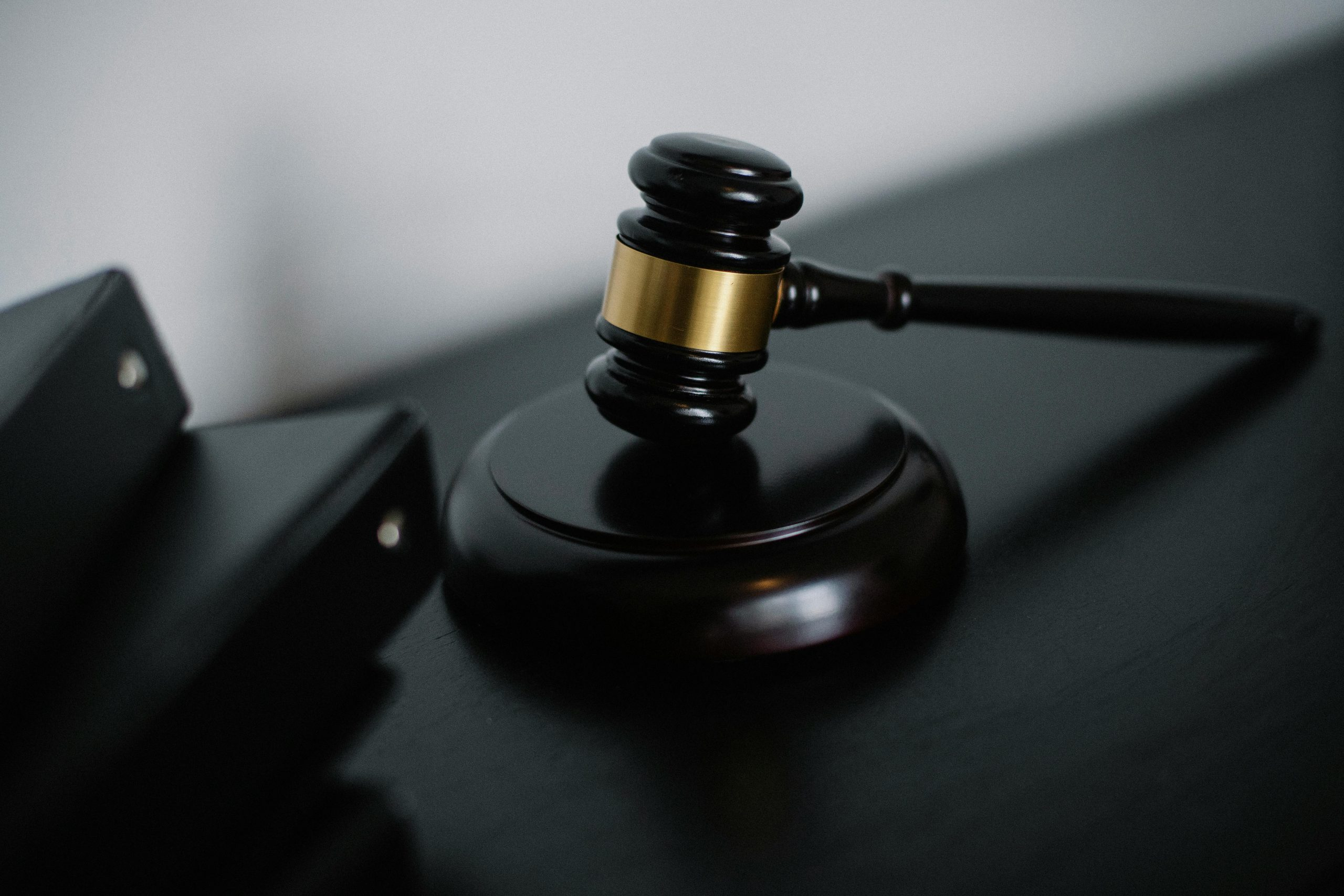Legal Implications of Biometric Surveillance
Biometric surveillance, the use of physical characteristics such as fingerprints, facial recognition, or DNA to identify an individual, has become increasingly prevalent over the years. While these technologies offer convenience and enhanced security measures, they also raise numerous legal concerns. From invasion of privacy to discrimination, the widespread adoption of biometric surveillance has sparked debates about its ethical and legal implications. In this article, we will delve into the legal implications of biometric surveillance and explore the potential risks and challenges associated with its use.
The Evolution of Biometric Surveillance
The concept of biometric surveillance dates back to ancient civilizations, where physical characteristics were used to identify individuals. However, it wasn’t until the late 19th century that scientists and researchers began to develop technologies that could capture and analyze these physical characteristics. The first biometric identification system, the anthropometric system, was developed and used by the French police in the late 19th century. This system measured physical characteristics such as height, weight, and facial features to identify criminals.
The modern era of biometric surveillance began in the 1960s with the development of computer-based analysis systems. Today, biometric technologies have advanced significantly, and they are used for various purposes such as access control, identification, and authentication in both public and private sectors.
Legal Concerns Surrounding Biometric Surveillance
Invasion of Privacy
One of the most significant legal concerns surrounding biometric surveillance is the invasion of privacy. Biometric data, such as fingerprints and facial images, are considered highly sensitive personal information. When collected and stored without consent, there is a risk of this data being misused or accessed by unauthorized individuals. This can lead to identity theft, fraud, or other privacy violations.
Moreover, biometric surveillance often involves the use of video cameras to capture individuals’ movements and behaviors. This raises concerns about the right to privacy in public spaces and the potential misuse of this information for surveillance purposes.
Data Breaches and Security Risks
Another legal concern is the potential for data breaches and security risks associated with biometric surveillance. As with any system that stores personal information, there is a risk of hackers gaining access to biometric data. Unlike passwords or PINs, biometric data cannot be changed, making it particularly vulnerable to identity theft if breached.
In addition, storing biometric data also raises security risks such as insider threats, employee errors, and system malfunctions. These risks can compromise the integrity and security of biometric data, leading to potential legal and financial consequences for organizations using these technologies.
Discrimination
Biometric technologies are not error-proof and have been known to produce false positives, especially when used on individuals with physical disabilities, older adults, or individuals from certain racial or ethnic backgrounds. This can result in discrimination against these individuals, such as being denied access to services or opportunities based on incorrect identification.
Current Legal Framework for Biometric Surveillance
As the use of biometric surveillance continues to grow, governments and regulatory bodies around the world are implementing laws and regulations to address the legal concerns surrounding it. In the United States, the biometric privacy laws vary by state, with Illinois having the most comprehensive legal protection for biometric data.
Moreover, the European Union’s General Data Protection Regulation (GDPR) sets strict guidelines for the collection and processing of biometric data. Under the GDPR, biometric data is considered a special category of data and requires explicit consent from individuals for its collection and use.
Challenges in Regulating Biometric Surveillance
Despite the laws and regulations in place, regulating biometric surveillance remains a challenging task. One of the main challenges is the rapid development and advancement of biometric technologies, making it difficult for regulations to keep up.
Moreover, enforcing compliance with these laws can be difficult, especially for organizations operating internationally. Countries have varying laws and regulations regarding biometric surveillance, making it challenging for organizations to ensure they are following all legal requirements.
The Future of Biometric Surveillance and the Need for Stricter Regulations
As we continue to see the widespread adoption of biometric surveillance, there is a need for stricter regulations to protect individuals’ privacy and ensure the responsible use of these technologies. Stricter regulations can also help minimize the risks of data breaches and discrimination while still allowing for the use of biometric technologies for legitimate purposes.
Furthermore, organizations using biometric surveillance must implement strict security protocols to protect individuals’ biometric data. This includes measures such as encryption, regular data audits, and employee training to prevent data breaches and ensure compliance with privacy laws.
Conclusion
Biometric surveillance offers convenience and enhanced security measures, but it also raises numerous legal concerns, such as invasion of privacy, security risks, and discrimination. While governments and regulatory bodies have implemented laws and regulations to address these concerns, there is a need for stricter regulations to protect individuals’ privacy and ensure responsible use of these technologies. As we continue to see advancements in biometric technologies, it is crucial to balance the benefits with the potential risks and challenges to ensure the ethical and legal use of biometric surveillance.










